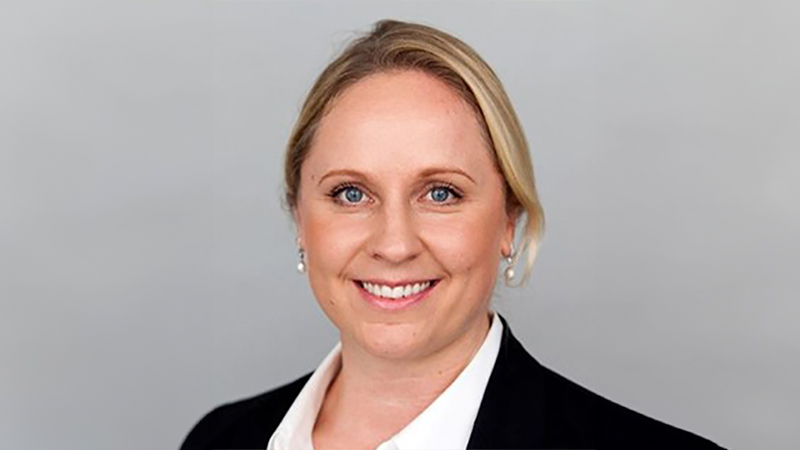This revelation was announced today as part of Prudential’s research into investors’ return expectations of multi-asset funds.
According to the study of over 1,000 DIY multi-asset fund investors, multi-asset fund returns have beaten investors’ expectations over the past three years. Investors hoped to receive a minimum annualised return of 3.8% on £5,000 invested in a multi-asset fund over the past three years.
Prudential found, however, that the vast majority of multi-asset funds had beaten these expectations, with over eight out of ten (84.3%) delivering annualised returns of more than 3.8% since 2010.
What’s more, the average annualised return across all multi-asset funds was 5.4% over the three-year period.
Even investors with higher-than-average expectations were likely to have been satisfied by multi-asset fund returns. The research showed just over a quarter of investors expected an annualised return of at least 5% over the past three years and this was achieved by 61% of multi-asset funds.
Moving the conversation
A spokesperson for Prudential said: “We wanted to move the multi-asset conversation beyond the diversification benefits and examine if the funds had met investors’ expectations.
“We have several multi-asset funds and looking at the performance they have been delivering wanted to highlight that. To find investors’ expectations were lower than what the majority of funds have achieved is rare good news.”
The sample of investors surveyed by Opinium on behalf of Prudential included slightly more men than women and weighted towards people over 40 since they were naturally the people with more assets to invest.
Prudential’s multi-asset funds outperformed the market with an average annualised return of 6.4% over the period compared with 5.4% across all multi-asset funds. Each of its multi-asset funds delivered at least 5.8% the group said.
All data was sourced from Morningstar and focused on all balanced multi-asset funds with histories of more than three years to 17 April.
As a general trend, do your male clients ask for more than your female clients? Let us know in the comments box below…










